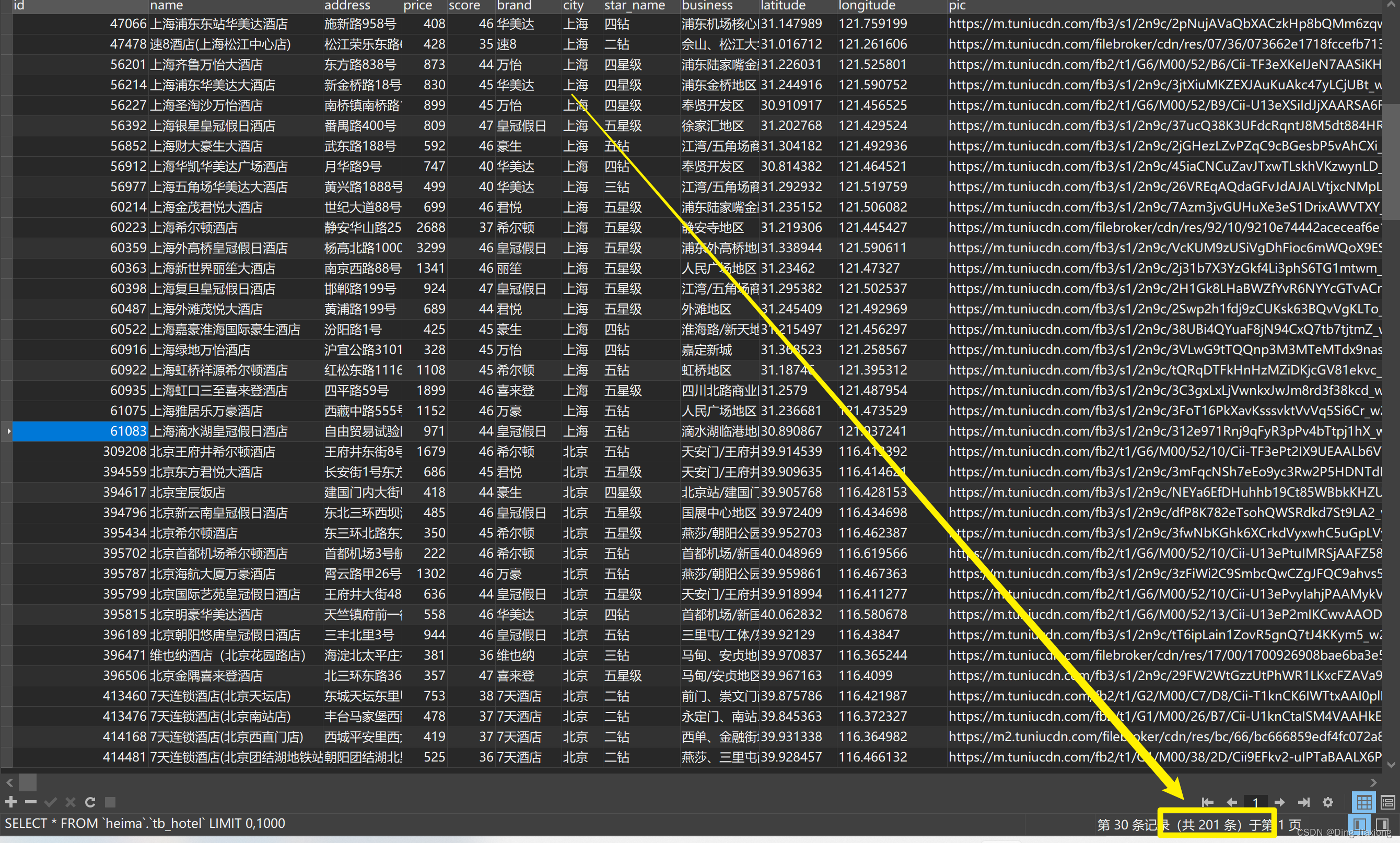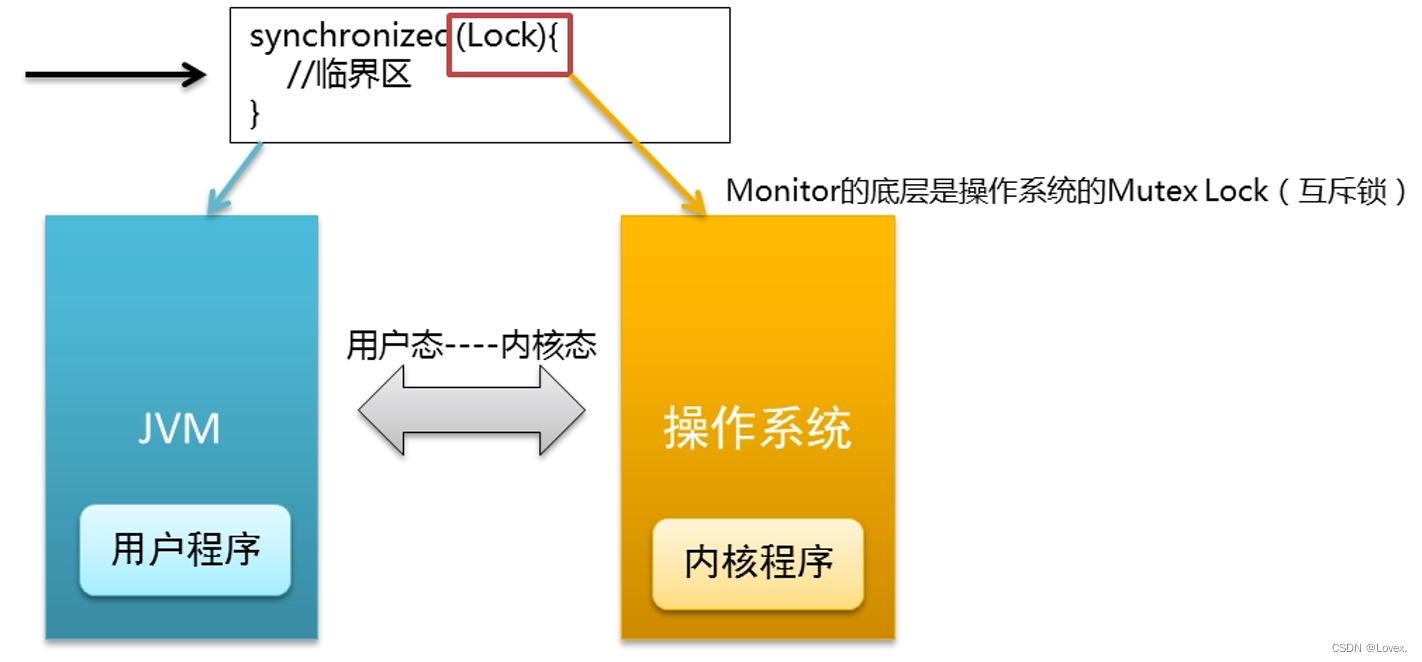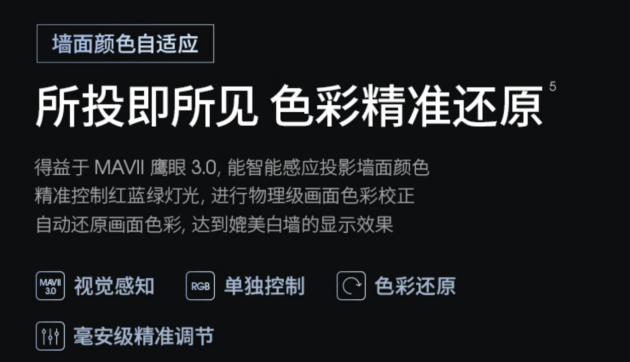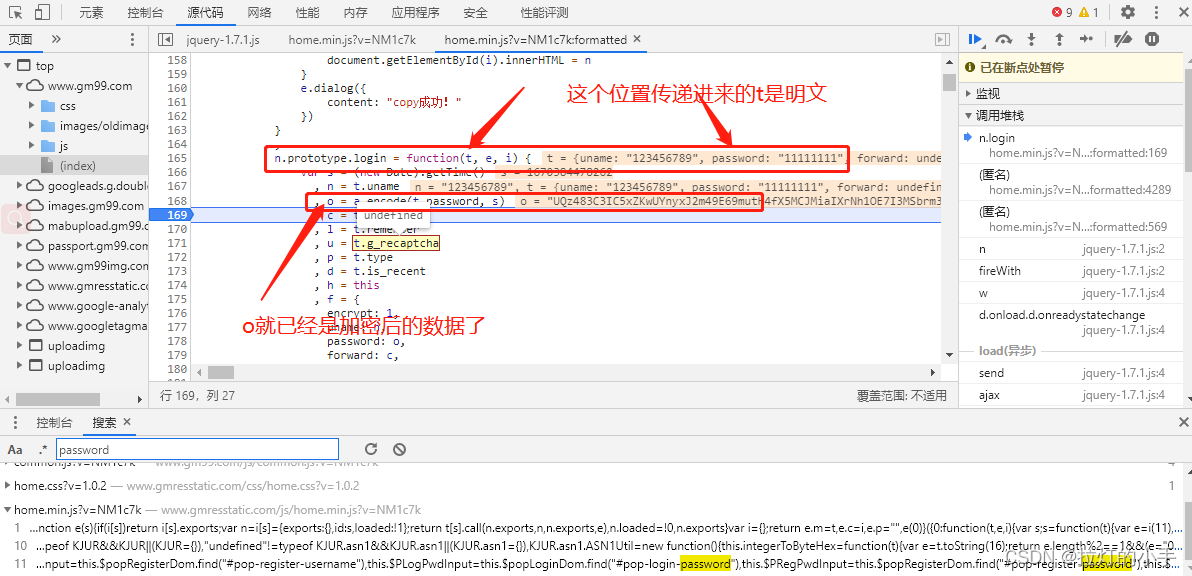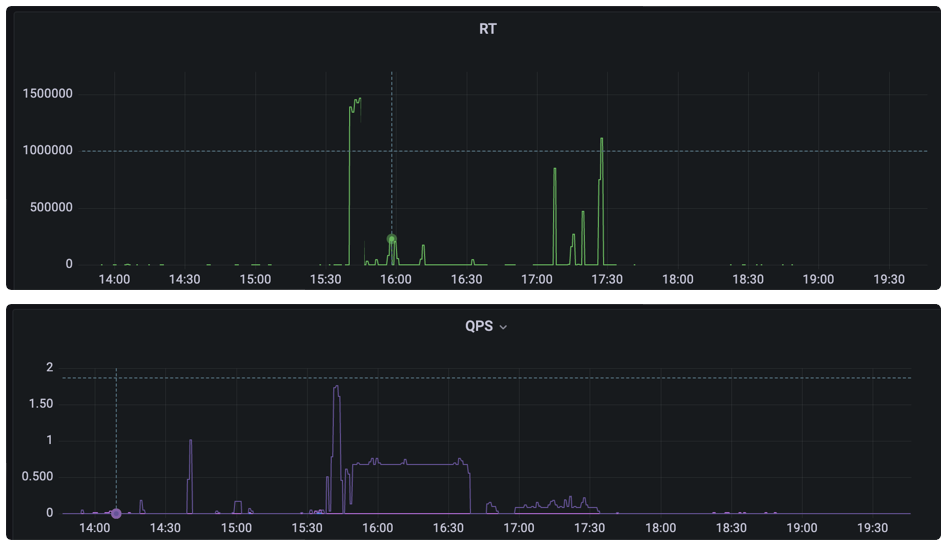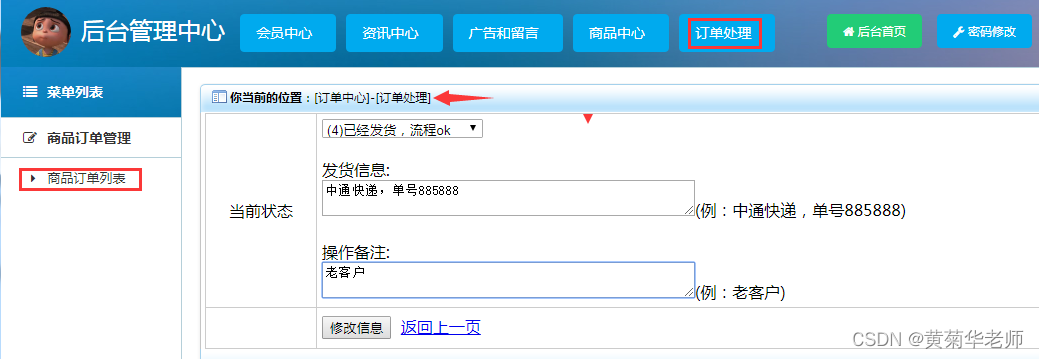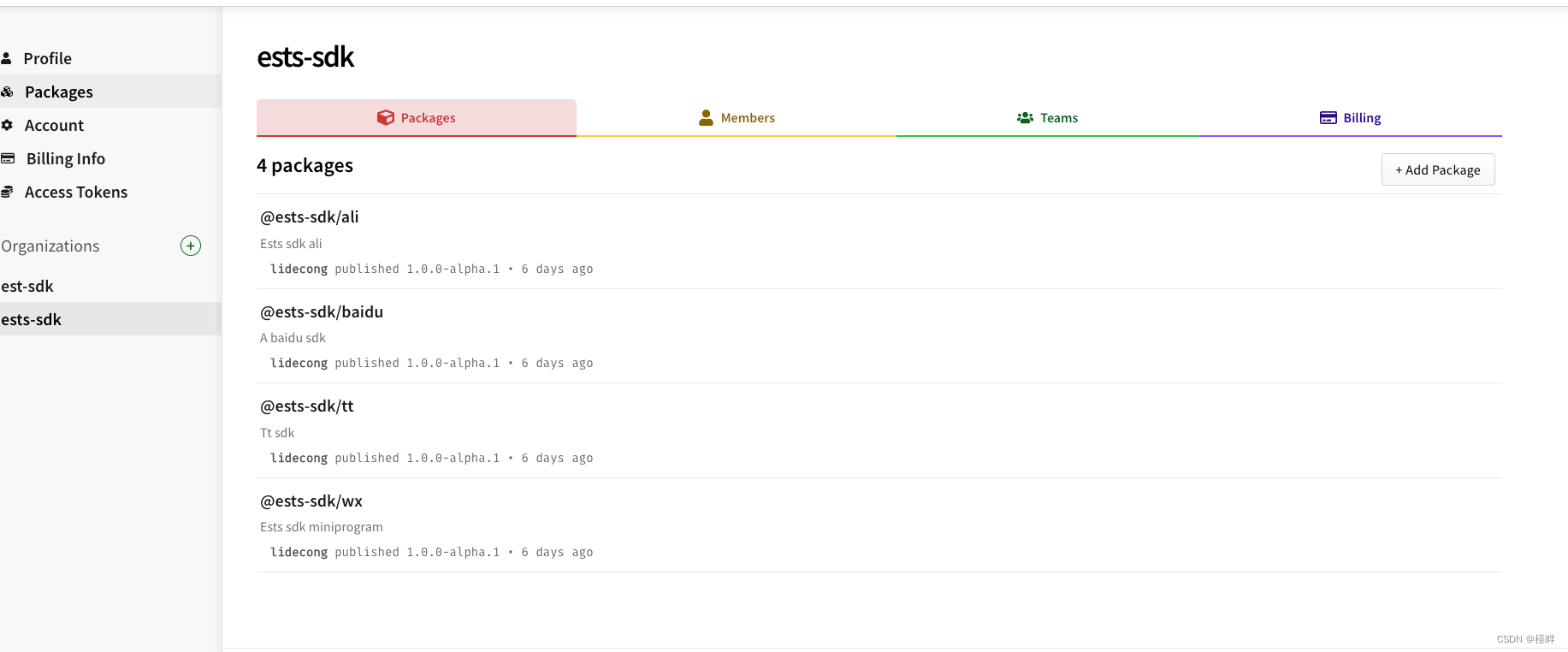Sunday 算法
Sunday算法是Daniel M.Sunday于1990年提出的字符串模式匹配。其核心思想是:在匹配过程中,模式串发现不匹配时,算法能跳过尽可能多的字符以进行下一步的匹配,从而提高了匹配效率。
一、匹配机制
匹配机制非常容易理解:
- 目标字符串
String - 模式串
Pattern - 当前查询索引
idx(初始为 0) - 待匹配字符串
str_cut:String [ idx : idx + len(Pattern) ]
每次匹配都会从 目标字符串中 提取 待匹配字符串 与 模式串 进行匹配:
- 若匹配,则返回当前
idx - 不匹配,则查看 待匹配字符串 的后一位字符
c:- 若
c存在于Pattern中,则idx = idx + 偏移表[c] - 否则,
idx = idx + len(pattern)
- 若
循环上述匹配过程直到 idx + len(pattern) > len(String)
二、偏移表
偏移表的作用是存储每一个在 模式串 中出现的字符,在 模式串 中出现的最右位置到尾部的距离 +1,例如 aab:
- a 的偏移位就是
len(pattern)-1 = 2 - b 的偏移位就是
len(pattern)-2 = 1 - 其他的均为
len(pattern)+1 = 4
综合一下:
s h i f t [ w ] = { m − m a x { i < m ∣ p [ i ] = w } if w is in P[0..m-1] m + 1 otherwise shift[w] = \begin{cases}m-max\{i<m|p[i]=w\}\quad \text {if w is in P[0..m-1]} \\ m+1\quad \text{otherwise} \end{cases} shift[w]={m−max{i<m∣p[i]=w}if w is in P[0..m-1]m+1otherwise
三、举例
String: checkthisout Pattern: this
Step 1:
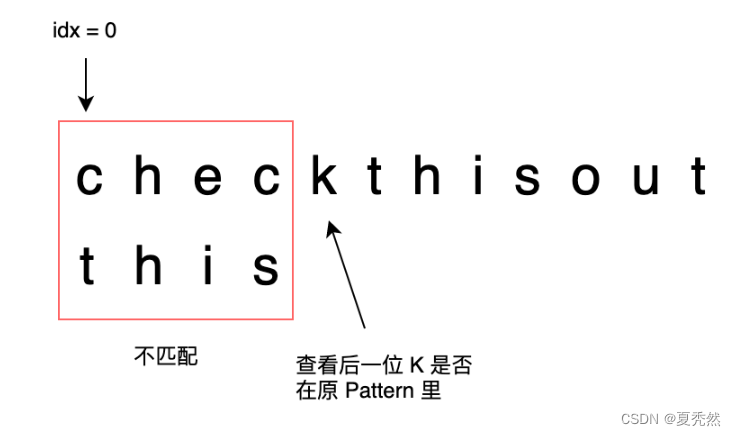
- idx = 0
- 待匹配字符串为:
chec - 因为
chec != this - 所以查看
chec的下一个字符k k不在 Pattern 里- 所以查看 偏移表,
idx = idx + 5
Step 2:
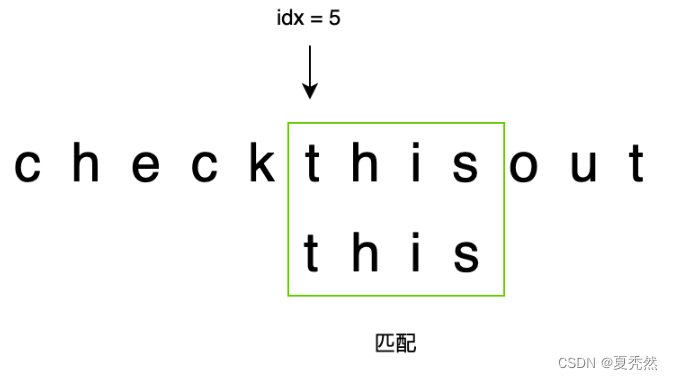
- idx = 5
- 待匹配字符串为:
this - 因为
this == this - 匹配,所以返回 5
四、算法分析
时间复杂度: 最坏情况
O
(
n
m
)
O(nm)
O(nm) ,平均情况
O
(
n
)
O(n)
O(n)
空间复杂度:
O
(
c
)
O(c)
O(c),c为位移表长度
五、代码实现
class Solution:
def strStr(self, haystack, needle):
haystack_length = len(haystack)
needle_length = len(needle)
return self.sunday(haystack, haystack_length, needle, needle_length)
def sunday(self, s, s_len, p, p_len):
bc_move_dict = self.badChatMove(p, p_len)
now = 0
# 如果匹配字符的位置到达两字符串长度的差值,则不可能存在匹配字串,则退出循环
while now <= s_len - p_len:
# 比对当前位置的子串是否和模式串匹配
if s[now: now+p_len] == p:
return now
# 如果以及到达两字符串长度的差值,那么这将是最后一个可能匹配到的子串
# 经过上面的比对没有匹配的话,直接返回-1
if now == s_len - p_len:
return -1
# 更新下标,如果模式串不包含匹配串后面的第一个字符,则移动 p_len+1 个位数
now += bc_move_dict.get(s[now+p_len], p_len+1)
return -1
# 坏字符移动数量计算
def badChatMove(self, p, p_len):
bc_move_dict = dict()
for i in range(p_len):
# 记录该字符在模式串中出现的最右位置到尾部的距离+1
bc_move_dict[p[i]] = p_len - i
return bc_move_dict
参考文章
<<Sunday 解法>>
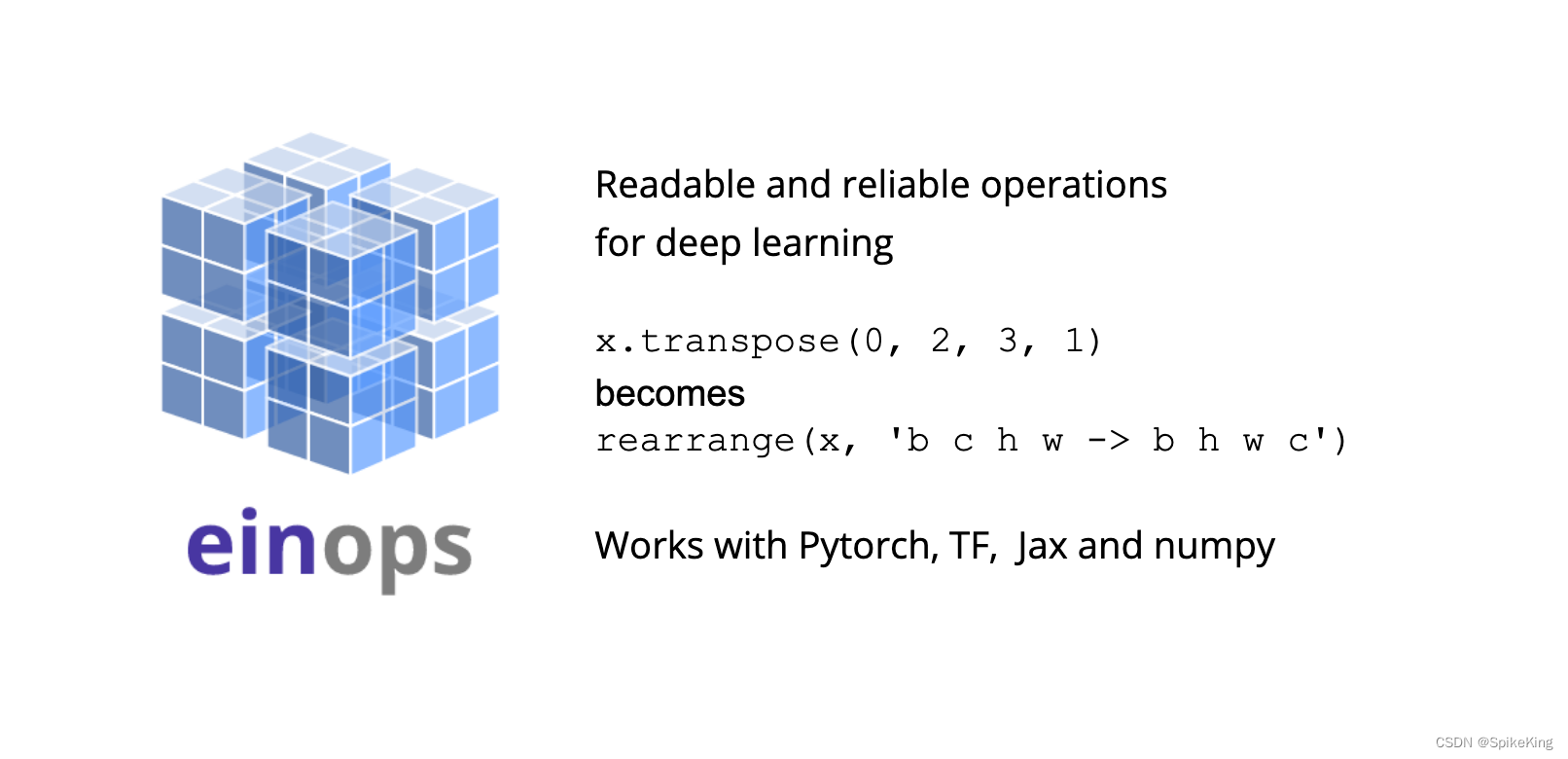





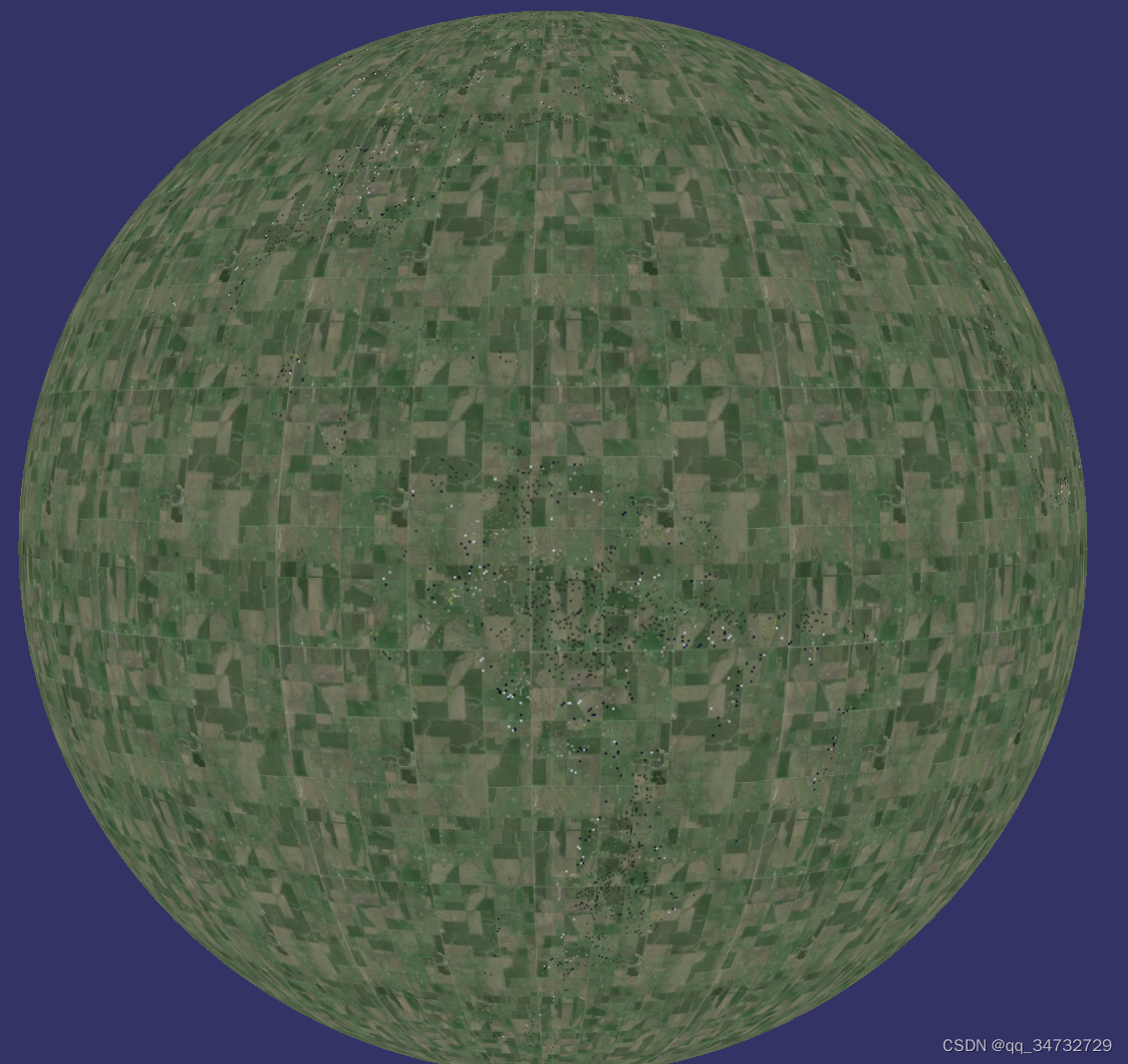

![[附源码]Python计算机毕业设计Django兴达五金日杂批发商店管理系统](https://img-blog.csdnimg.cn/3f7f7101a47b43d2aca631fe027d88cd.png)
